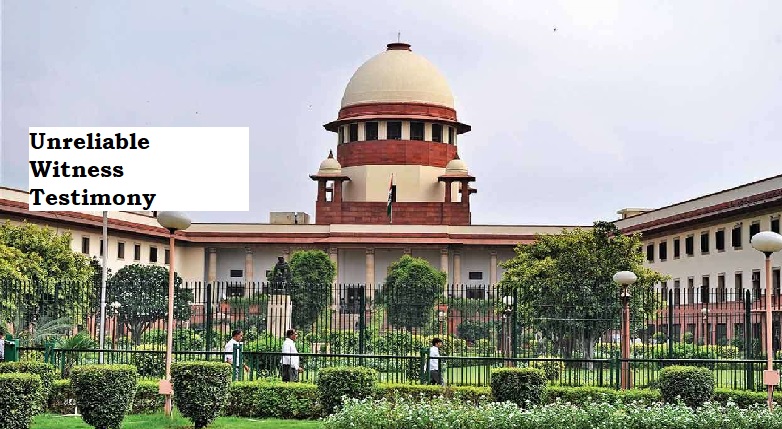


On January 12th, a pivotal legal development unfolded as the Supreme Court handed down a decision to set aside the conviction of an individual implicated in a murder case dating back to 1999. The decision, which centered on the credibility of prosecution witnesses, resulted in the annulment of convictions under Sections 302 (murder) and 323 (simple hurt) read with Section 34 (common intention) of the Indian Penal Code.
The crux of the Supreme Court's decision rested on doubts cast upon the testimonies provided by prosecution witnesses. These doubts, deemed significant enough to warrant a reevaluation of the case, ultimately led to the reversal of the conviction that had been previously upheld by the High Court.
The case involved allegations of murder and simple hurt, with the legal framework applying Section 34 to establish common intention. Section 302, dealing with the offense of murder, and Section 323, pertaining to simple hurt, formed the basis of the charges. However, the credibility of the witnesses called into question the reliability of the evidence on which the conviction had been based.
The Supreme Court's meticulous scrutiny of the testimonies revealed inconsistencies and uncertainties that undermined their probative value. The Court, acting as the ultimate arbiter of justice, determined that these doubts were substantial enough to warrant a departure from the earlier judgment rendered by the High Court.
In an unprecedented move, the Supreme Court opted to reverse the order and judgment issued by the High Court. This decision marked a pivotal juncture in the legal saga, offering a lifeline to the accused individual who had been living under the shadow of a decades-old conviction. The reversal underscored the judiciary's commitment to ensuring a fair and just legal process, even when dealing with cases that had endured the test of time.
The implications of this decision extended beyond the specific details of the case. It underscored the paramount importance of credibility in witness testimonies and the need for a rigorous examination of evidence in criminal proceedings. The judiciary's commitment to upholding justice and the rule of law was evident in its willingness to reevaluate a long-standing conviction when faced with doubts about the veracity of the evidence.
The legal community and the public, in general, were left contemplating the delicate balance between finality in legal decisions and the pursuit of justice. While the legal system places considerable weight on the principle of finality in judgments, the Supreme Court's decision in this case emphasized that the quest for justice should not be compromised, even in cases where convictions had seemingly attained a degree of permanence.
As the legal landscape evolves, cases like these serve as a reminder of the dynamic nature of justice and the need for a system that remains responsive to the complexities and nuances of each individual case. The Supreme Court's decision on January 12th echoed a commitment to fairness, underscoring that justice should prevail, irrespective of the temporal constraints associated with legal proceedings.
TAGS: Supreme Court Conviction Murder case 1999 Prosecution witnesses Doubts Sections 302 323 Section 34